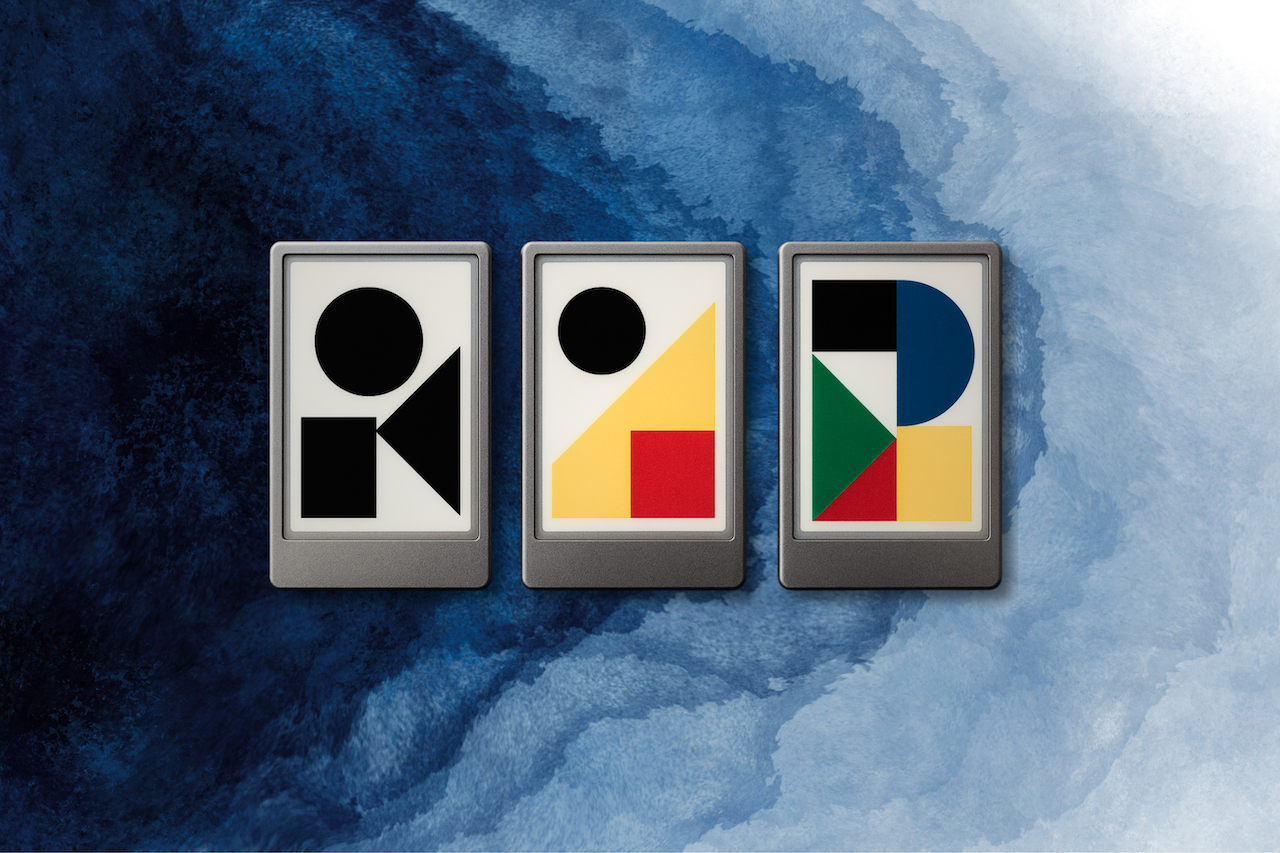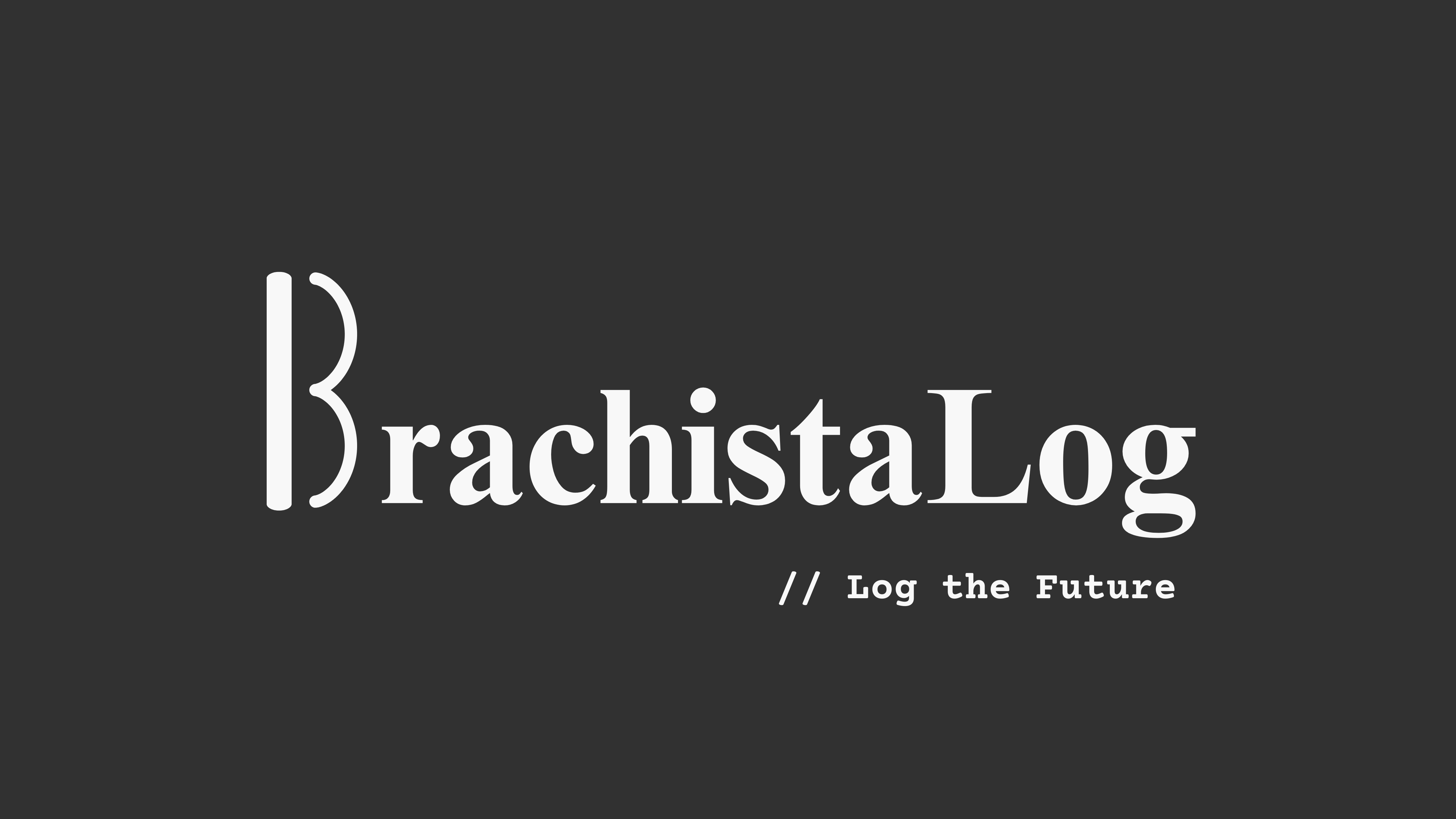Overview
Electronic paper (’E-Paper’) is a type of reflective display that mimics the look of ink on real paper while adding the flexibility of digital content. Unlike backlit LCD or OLED screens, E-Paper is naturally visible in sunlight, uses very little power only when the image updates, and stays visible without electricity once the page is set. The dominant technology for this E-Paper is, of course, E Ink, which invented this innovative technology and leads the market.
In this article, we explain how the technology functions, why E Ink Corporation’s technology maintains its leadership, and how BrachistaLog applies it in consumer products such as LogCase™.
How does E-Paper work?
Black-and-white electrophoretic displays
An E-Paper screen begins with a transparent sheet filled with microscopic capsules (or cups) suspended in a clear fluid. Each capsule contains positively charged white pigment and negatively charged black pigment. When a voltage is applied, an electric field attracts one colour to the viewing surface and pushes the other to the back, creating a bright white or deep black pixel. Once the field is removed, the pigments stay in place, making the image bistable — it consumes almost no power until the next page is turned.
Key advantages for users
- Battery life. Refresh-free images mean devices can run for weeks; studies show up to 99 % lower energy use than LCDs.
- Eye comfort. The display reflects ambient light rather than emitting it, giving a paper-like contrast ratio and eliminating blue-light glare.
- Outdoor readability. High contrast under full sun makes E-Paper ideal for signage, e-readers, and our upcoming LogBadge event passes.
- Thin, lightweight, flexible. Plastic or ultrathin glass substrates enable rugged designs, including wrap-around phone cases, such as LogCase.
Adding colour: two very different paths
Adding colour to E-Paper involves two very different engineering approaches. Both retain the bistable, paper-like qualities of the black-and-white system, but they generate colours in separate ways that result in varied brightness, colour range, and power consumption.
- Kaleido™ (colour-filter method). A thin RGB colour-filter array is laminated on top of a standard monochrome film. The driving electronics still only decide whether to display ‘white or black’; the overlaid filter then tints each pixel red, green, or blue. This approach is simple and maintains low power consumption, but some incoming light is absorbed by the filter, causing colours to appear soft and pastel-like.
- Spectra™ 6 (multi-pigment method). Instead of adding a filter, six differently charged pigment particles—typically cyan, magenta, yellow, black, and two supplementary primaries—are mixed inside each micro-cup. Voltage waveforms can direct any combination of these particles to the surface, generating colour directly from the ink itself. Because no filter blocks the light, Spectra 6 offers much higher saturation and reflectivity, producing billboard-grade colour while still maintaining an image with zero standby power. Because Spectra 6 must cycle through several voltage waveforms to position each of its six pigment colours sequentially, a full-screen refresh generally takes longer than on Kaleido, whose filter-based system only needs to switch the underlying black-and-white layer.
In short, Kaleido creates colour by filtering light after it leaves the capsule, whereas Spectra 6 generates colour inside the capsule itself using true coloured pigments.
Limitations and ongoing research
E-paper refresh rates are slower than those of LCD/OLED, making it challenging to display full-motion video. The colour gamut is narrower than that of emissive screens, though the Spectra 6 narrows the gap. Texture reproduction (e.g., fine gradients) is improving with multi-pass waveforms and dithering. Researchers are also exploring electrowetting and cholesteric LCD variants for faster colour switching.
Why do we choose E Ink technology for BrachistaLog’s products?
E Ink Holdings invented commercial electrophoretic displays and continues to dominate the ecosystem, holding more than 6,000 patents and operating mature fabs. Therefore, BrachistaLog has benefited from:
- Stable long-term supply of panels, controllers, and waveform libraries.
- Compliance with global environmental standards—E Ink modules are RoHS- and REACH-certified.
- Brand recognition that reassures end-users they are getting the gold standard in E-Paper.
- Looking ahead…
We’re currently developing a pioneering device that integrates several advanced components, mainly the six-pigment E Ink Spectra 6 panel. Since Spectra 6 reflects ambient light rather than emitting it, it provides vibrant colour while maintaining the power-efficient, paper-like feel that characterises modern e-paper. These qualities—low energy consumption, readability in daylight, and sustainable materials—align perfectly with BrachistaLog’s mission to combine analogue elegance with digital innovation.
Very soon, we’ll invite the public to participate through a crowdfunding campaign. Supporters will be the first to experience a product that adds inspiration to daily routines, enhances productivity, and evokes genuine delight every time it is used.
Remarks
“E Ink,” “Spectra,” and “Kaleido” are registered trademarks of E Ink Corporation. They are referenced in this article purely to help readers understand the underlying technology; BrachistaLog has no sponsorship, endorsement, or other commercial relationship with E Ink Corporation (or any third party mentioned) beyond standard component sourcing. All these terms remain the property of their respective owners.



Share:
Introducing New LINE Official Account—Stay Connected & Unlock 20% Off!